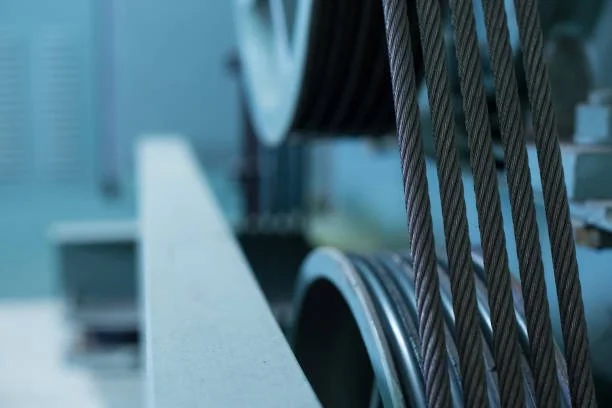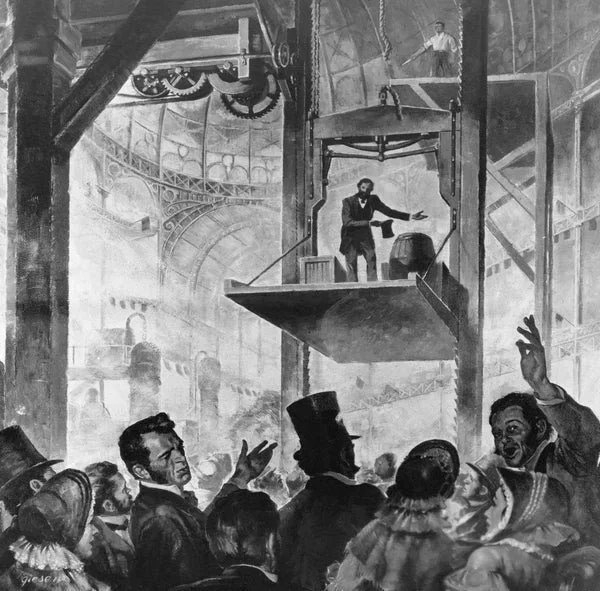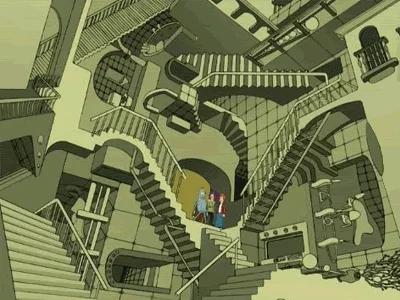Common Elevator Myths… BUSTED
When it comes to elevators, most of us ride them without thinking twice, until someone shares a story that makes us a little uneasy. Over the years, elevators have picked up their share of myths, fueled by movies, urban legends, and plain old misinformation.
As elevator experts serving Western Washington, we hear these myths all the time. So today, we’re setting the record straight.
Myth #1: Elevators Are Held Up by One Cable
Busted: In modern elevators, there’s not just one cable. There are several, and each is strong enough to hold the entire weight of the elevator by itself.
In fact, passenger elevators often have four to eight steel cables, and each cable is tested to handle far more weight than the elevator will ever carry. If one cable were to fail (which is extremely rare), the others would keep the cab safely in place.
Myth #2: If the Cables Snap, the Elevator Will Plummet
Busted: Elevators are designed with multiple safety systems to prevent free falls.
The most important is the safety brake, invented in 1853 by Elisha Otis. If an elevator starts moving too quickly, the brake clamps onto the guide rails, stopping the cab safely. This mechanism works independently of the cables.
Myth #3: Pressing the “Close Door” Button Makes the Doors Close Faster
Busted: In most modern elevators, the “close door” button doesn’t actually override the automatic timer.
This button often exists for maintenance crews or emergency personnel, and in some cases, it’s not connected to anything at all. Your elevator doors are programmed to close at a safe speed on their own.
Myth #4: Elevators Are Dangerous During Power Outages
Busted: Elevators are built to handle power loss safely.
If the power goes out, the elevator won’t suddenly stop mid-fall. It will stop where it is and switch to an emergency mode. Most modern systems also include a backup power source or battery lowering system that moves the cab to the nearest floor so passengers can exit.
Myth #5: Overcrowding Can Make an Elevator Fall
Busted: Overloading an elevator will not make it fall. It simply won’t move until the weight is reduced.
When an elevator is overloaded, a sensor triggers an alarm or prevents the doors from closing until enough passengers exit. The weight capacity is clearly marked for every model, and the system is designed to enforce it.
Myth #6: Elevators Are Less Safe Than Stairs
Busted: Statistically, elevators are one of the safest ways to travel.
According to the U.S. Bureau of Labor Statistics, elevators and escalators combined cause far fewer injuries than stairs each year. Properly maintained elevators are incredibly reliable, with multiple redundancies to keep passengers safe.
The Bottom Line
Elevators are marvels of engineering, built with layers of safety features, strict codes, and rigorous inspections. Most of the scary stories you hear are just myths.
At Olympic Elevator, we install, maintain, and modernize elevators, stairlifts, and lifts across Western Washington, always with safety and reliability as our top priorities. If you’ve got a question about elevator safety, we’re here to give you real answers, not urban legends.






